Your cart is currently empty!
Discover the Enchanting Calla Flamingo: A Majestic Bird of Grace and Beauty

Introduction
The calla flamingo, also known as the American flamingo, is a striking and unforgettable bird that captures the imagination with its vibrant plumage, elegant poise, and captivating behavior. Found in shallow saltwater lagoons and mudflats of the Western Hemisphere, these graceful creatures are a true testament to the wonders of the natural world.
Physical Characteristics
Unique Plumage
- Calla flamingos are known for their distinctive pink or rose-colored feathers.
- The intensity of the color varies depending on their diet and exposure to sunlight.
- The vibrant coloration is a result of pigments called carotenoids, which they obtain from their food sources.
Slender Body and Long Neck
- They have a slender, streamlined body that aids them in wading through shallow waters.
- Their long, graceful neck is perfectly adapted for reaching into the water to feed.
- The neck also serves as a social signaling tool, used for courtship displays and territorial disputes.
Specialized Beak
- Calla flamingos possess a uniquely shaped beak that is perfectly suited for their feeding habits.
- The beak is flattened and has fine, comb-like structures called lamellae.
- When feeding, they filter microscopic algae and other microorganisms from the water through their lamellae.
Long, Thin Legs
- Their legs are long and slender, allowing them to navigate through shallow waters and soft mudflats.
- The legs are also used for social displays, such as stamping and marching.
- The pink color of their legs is due to the presence of carotenoids in their diet.
Habitat and Distribution
Calla flamingos are primarily found in shallow saltwater lagoons, mudflats, and coastal wetlands.
- They are native to the Caribbean and South America, but also have populations in North America, Central America, and the Galapagos Islands.
- Preferring warm, shallow waters, they are often found in areas with high salinity and abundant food sources.
Diet and Feeding Behavior
These birds are filter feeders, specializing in consuming microscopic algae and other microorganisms.
- They immerse their heads into the water, using their specialized beaks to filter the water and extract their food.
- Their diet consists primarily of cyanobacteria, diatoms, and other phytoplankton.
- The high concentration of carotenoids in their food is responsible for their vibrant pink coloration.
Social Behavior and Reproduction
- Calla flamingos are highly social birds and live in large colonies, sometimes numbering in the thousands.
- They establish complex social hierarchies and engage in elaborate courtship displays.
- During breeding season, they engage in synchronized nesting, building mud nests on the ground in large colonies.
Nest Building and Incubation
- Both males and females participate in nest building, using mud and plant material.
- Females typically lay a single egg, which is incubated by both parents for approximately 28 days.
- Once hatched, the chicks are covered in gray down and are cared for by both parents.
Conservation Status
Calla flamingos are listed as being of “Least Concern” by the International Union for Conservation of Nature (IUCN).
- However, they face threats such as habitat loss, pollution, and climate change.
- Efforts to protect their habitats and reduce these threats are crucial for ensuring their long-term survival.
Conclusion
The calla flamingo is a remarkable and awe-inspiring bird that embodies the beauty and diversity of the natural world. With their vibrant plumage, graceful movements, and fascinating social behavior, they continue to captivate and fascinate observers worldwide. Preserving their habitats and ensuring their well-being is essential for future generations to appreciate the wonders of these majestic creatures.



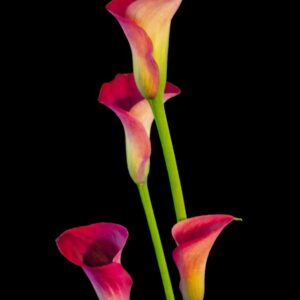
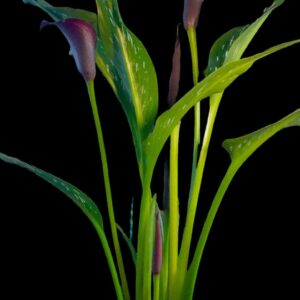
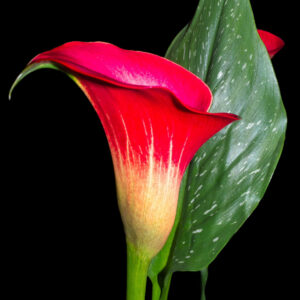
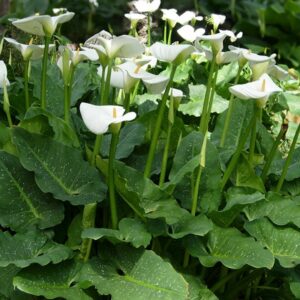
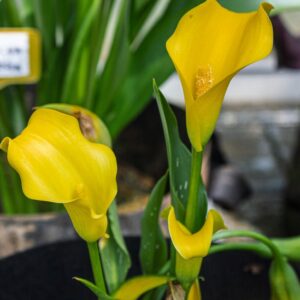
Leave a Reply